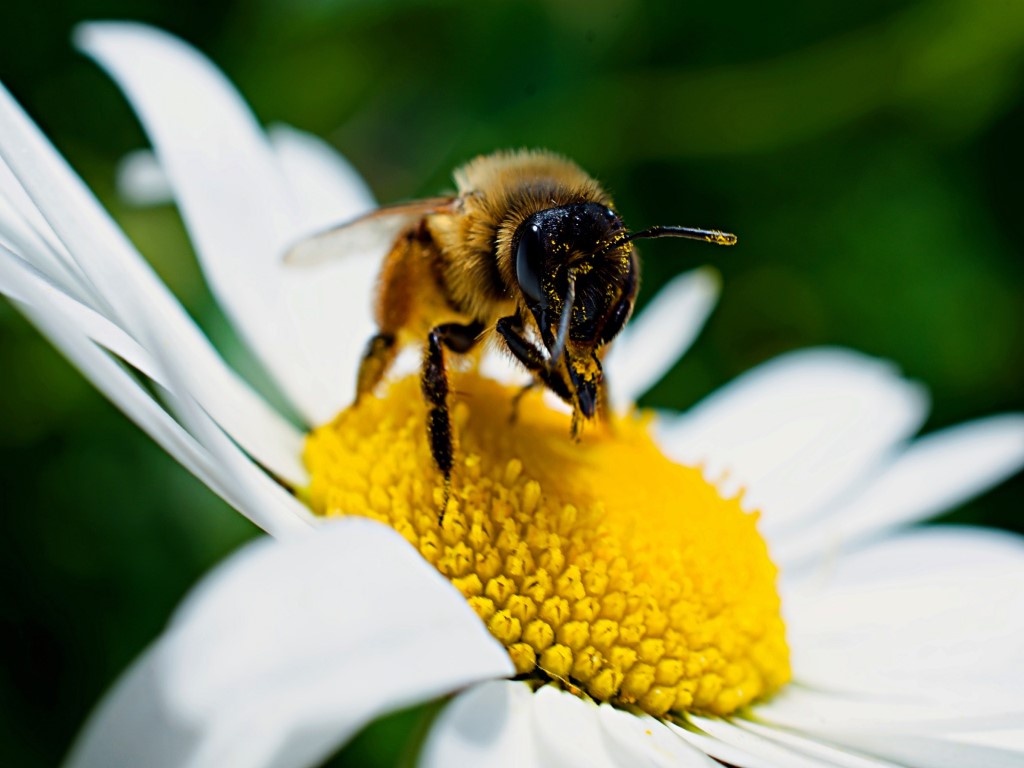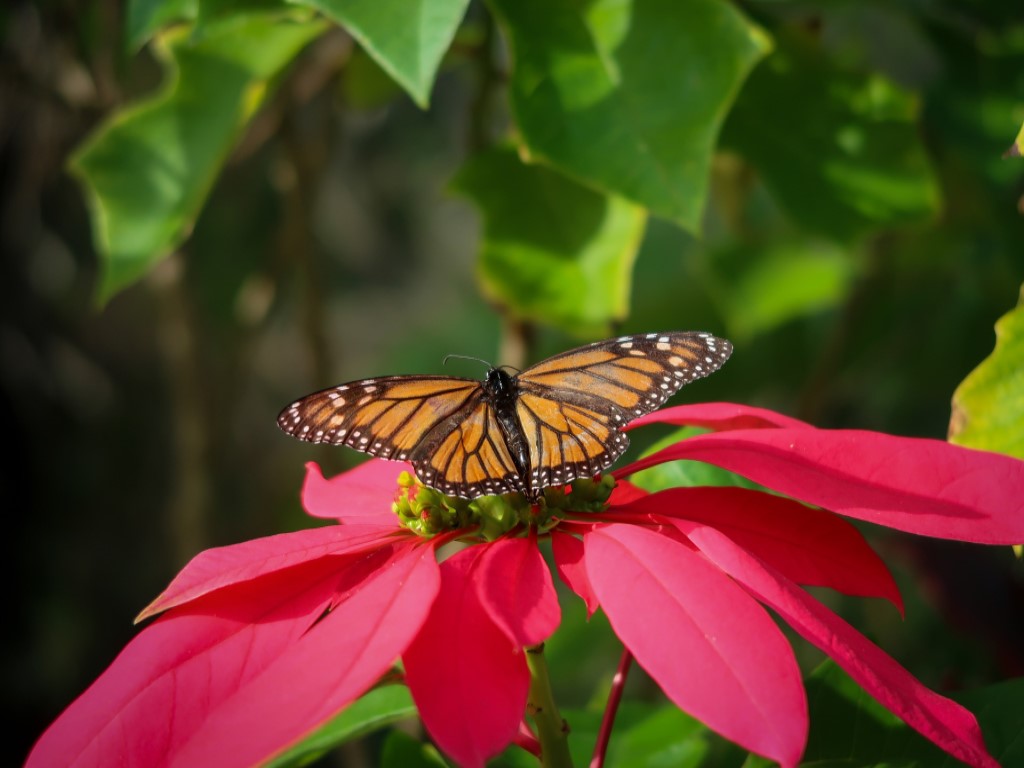5 Ways to Help Pollinators in Your Own Backyard!
For immediate release ‐ March 27, 2020
Contact: Jessica Wackes, 919.707.9850. Images available upon request
Did you know pollinators provide roughly one-third of all food and beverages we consume?
 There are many things you can do to defend bees, butterflies, beetles and other pollinators by planting a hospitable garden.
There are many things you can do to defend bees, butterflies, beetles and other pollinators by planting a hospitable garden.
Worldwide, approximately 1,000 plants grown for food, beverages, fibers, spices and medicines must be pollinated by animals like bees, butterflies and beetles to produce the resources we depend on!
Without these busy little creatures, humans and the natural world that surrounds us would struggle to eat, as many crops would cease to exist altogether. We depend on the work of pollinators, so it’s crucial that we all play a role in their protection and continued survival.
 The role pollinators play in our local and global ecology is important.
The role pollinators play in our local and global ecology is important.
Habitat loss, climate change, pollution and some pesticides are the primary contributing factors that have displaced these vital species in recent years. Pollinators aren’t getting the resources they need to survive, making them more susceptible to diseases, often leading to population decline and even extinction in some species.
This is a problem for the natural world and for us, but we all can play a part in the solution!
5 Ways You Can Help Pollinators in Your Own Backyard!
- “Be an Exterior Designer”
Design your garden with a continuous succession of native flowering plants so pollinators can enjoy their blooms spring through fall. Consider replacing lawn grass with flower beds and expanding the amount of native species in your garden. Get the dirt on creating a yard that’s beautiful, functional, and environmentally friendly in our recent Science Cafe, Landscaping Inspired by Nature. - “Plant Native and Avoid the Invasive”
When growing your garden, use plants native to your region that provide shelter and nectar for adults plus food for insect larvae, such as milkweed for monarchs. If you do use non-native plants, choose ones that don’t spread easily, since these could become invasive. - “Provide A Roof Over Their Heads”
Native bee hotels and bat boxes in your garden provide shelter, nesting and breeding area for pollinators. For smaller pollinators like butterflies, flowers can provide shelter, so make sure to keep the flowers in your garden happy and healthy! - “Keep Them Hydrated”
Bird baths, small puddling areas and water gardens can provide precious fresh water for pollinators. Even hanging a dripping water bottle or placing a small container of water out in the open can be a big help! Be sure to change the water 2–3 times per week during warm weather when mosquitoes are breeding. - “Talk, Share, Inspire”
Talk to friends, family and neighbors about the importance of pollinators. Share your pollinator journey on social media and encourage others to get involved!
Want to learn more about pollinators? At the Museum, we share and show the importance of bats, bees, butterflies, and other key pollinating species. A fan favorite includes our Living Conservatory, a Central American tropical dry forest filled with living plants and animals. You can even take a virtual tour of the space here!
There’s always something to learn about conservation and making the world a more beautiful place with the North Carolina Museum of Natural Sciences. Let’s get started!
By Will Clayton, NCMNS Marketing Intern
For more information about our upcoming activities, conservation news and ground-breaking research, follow @NaturalSciences on Instagram, Twitter and Facebook. Join the conversation with #visitNCMNS.

